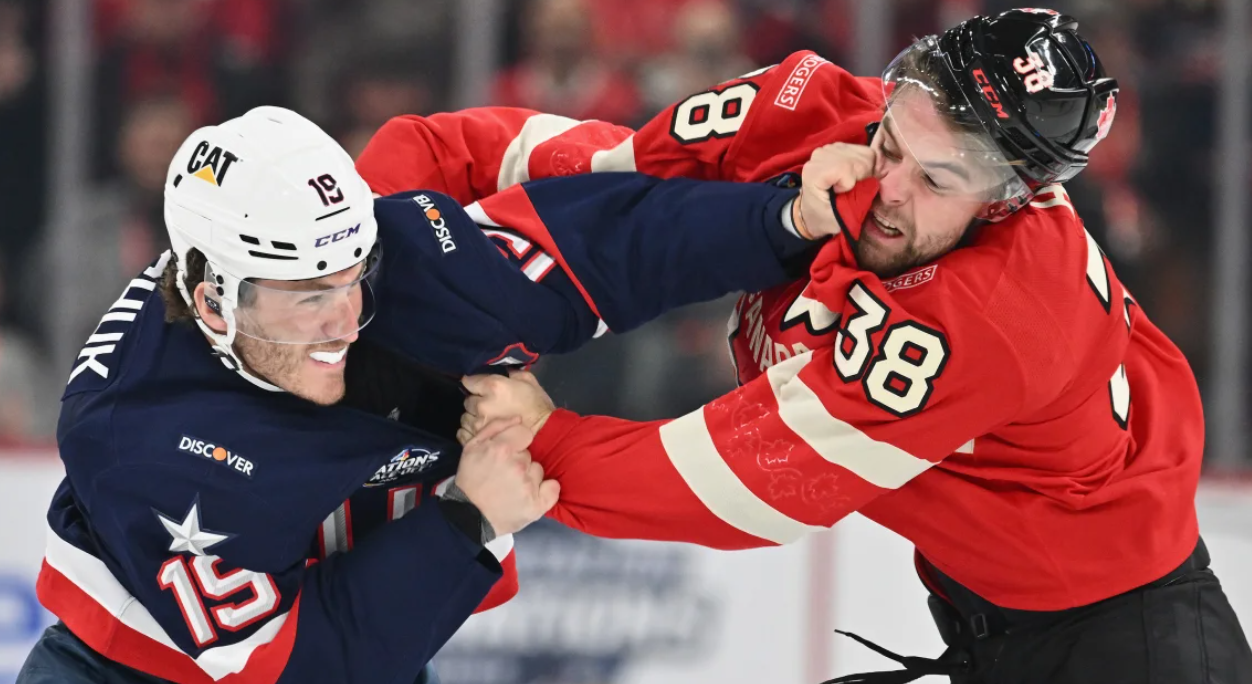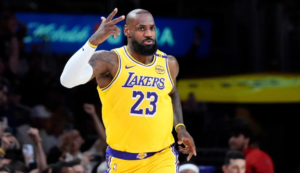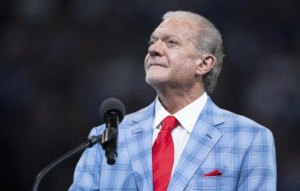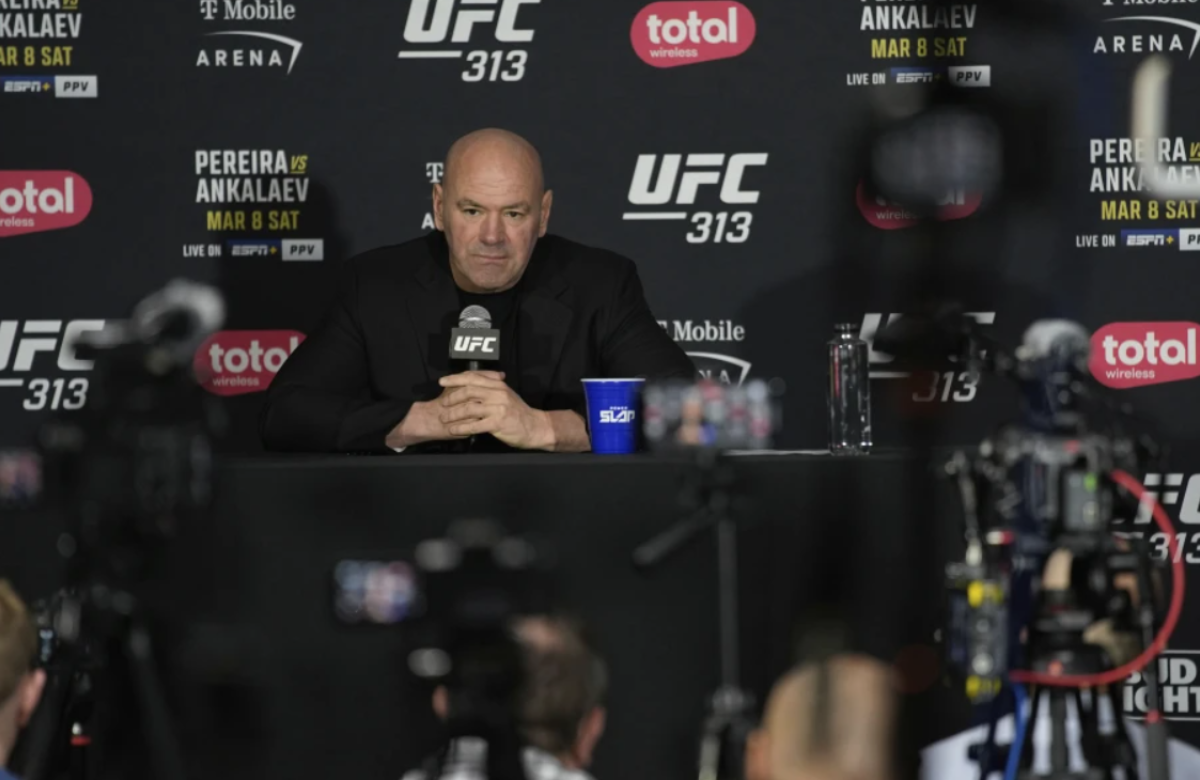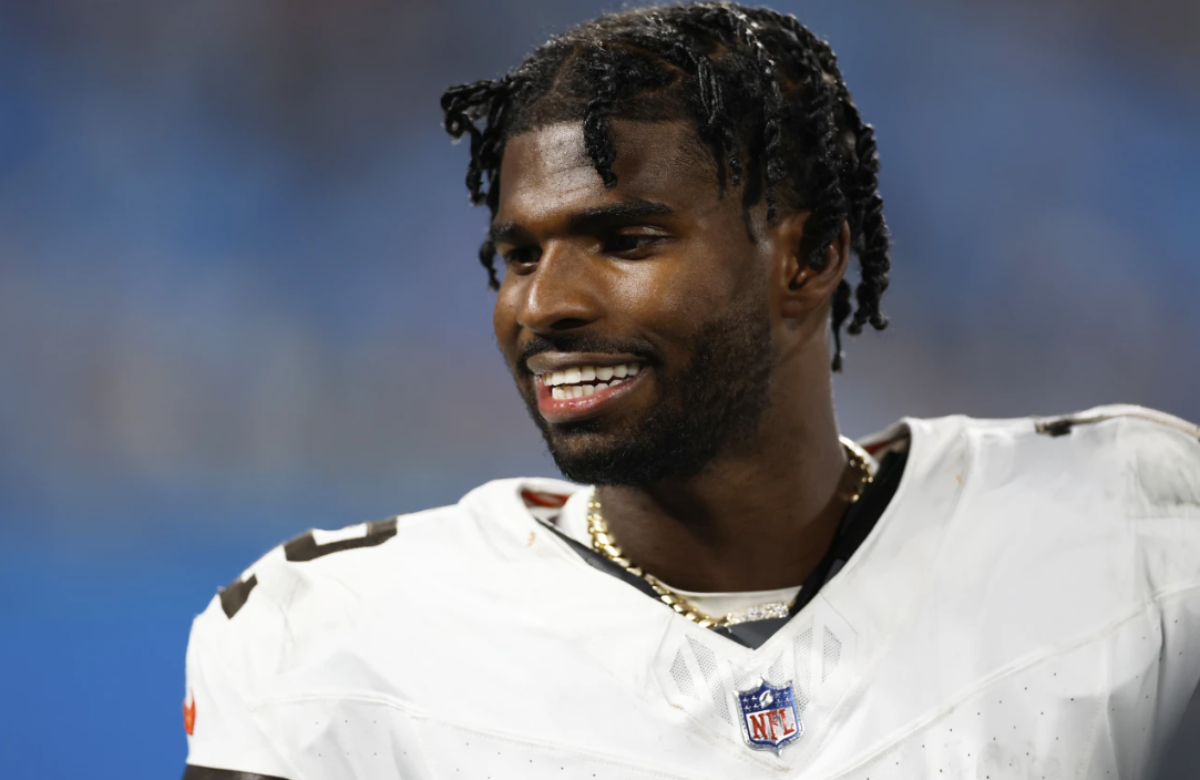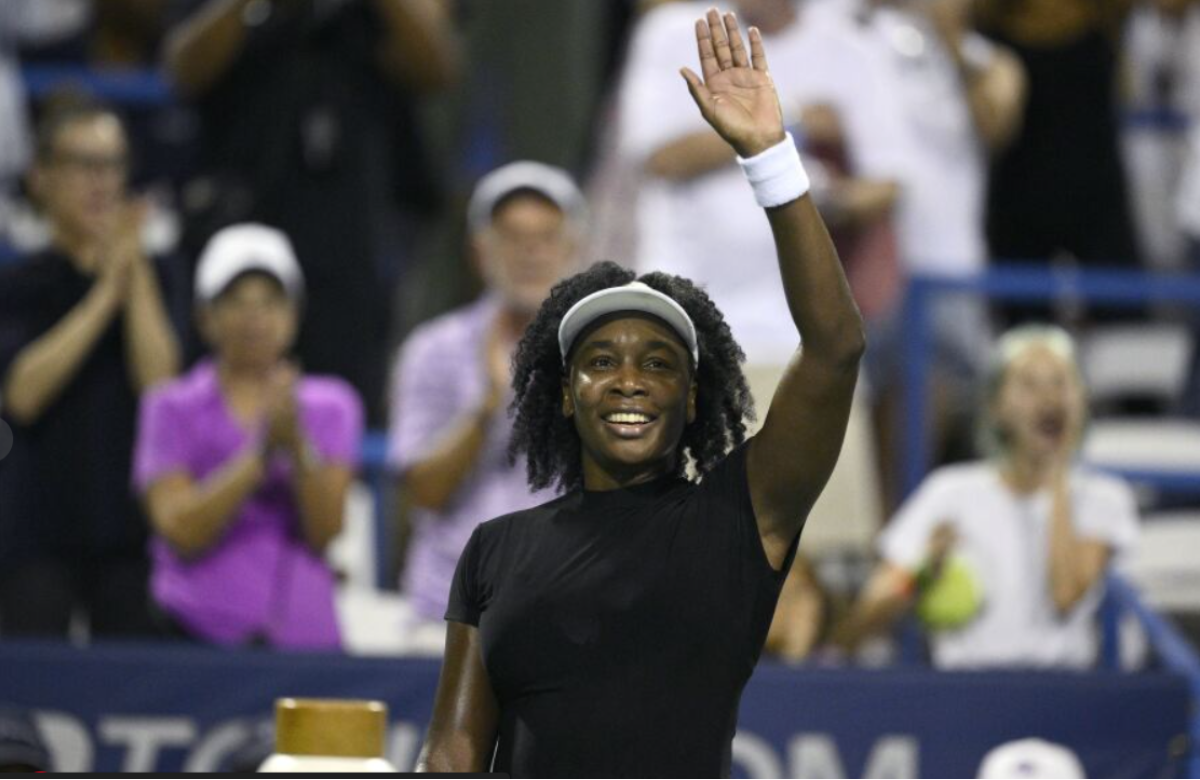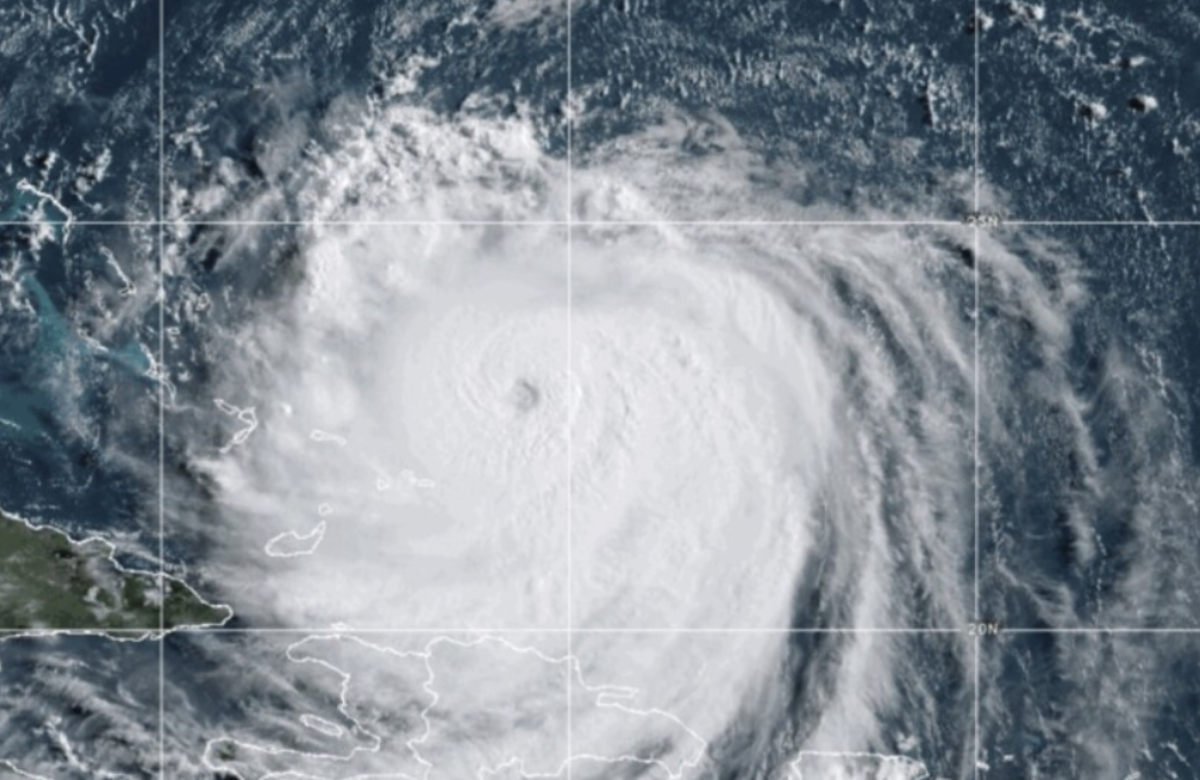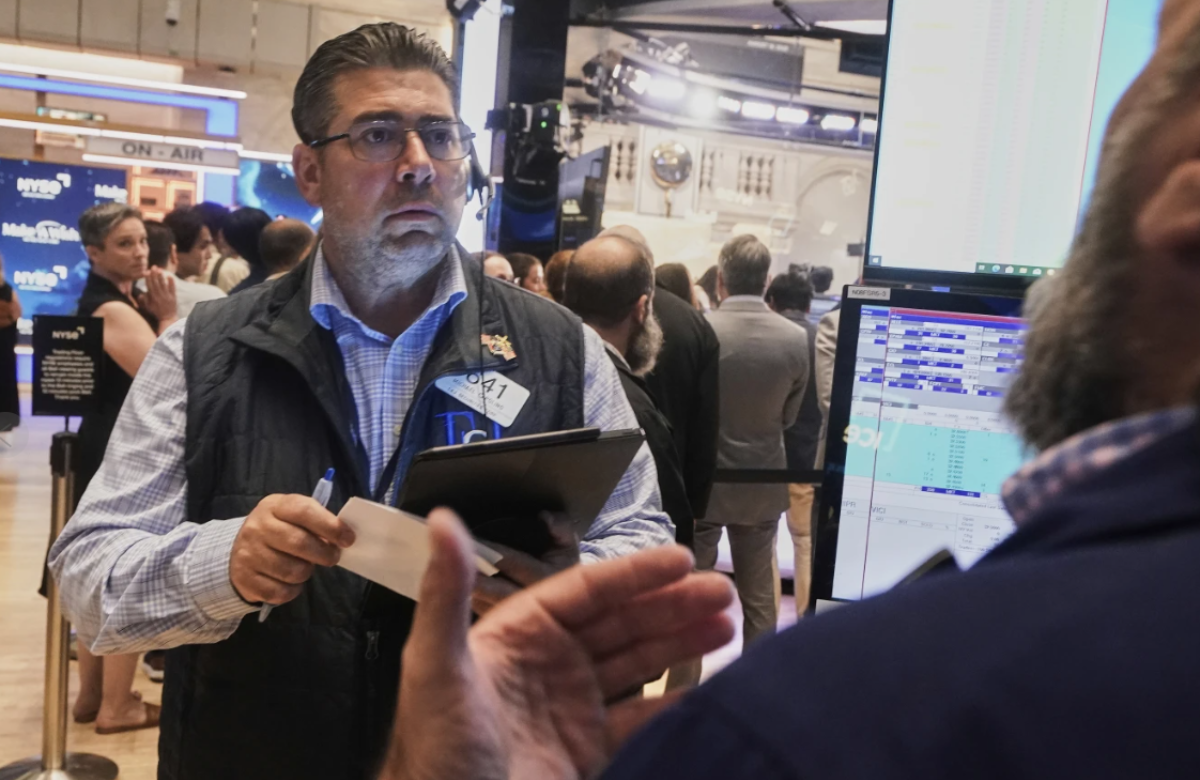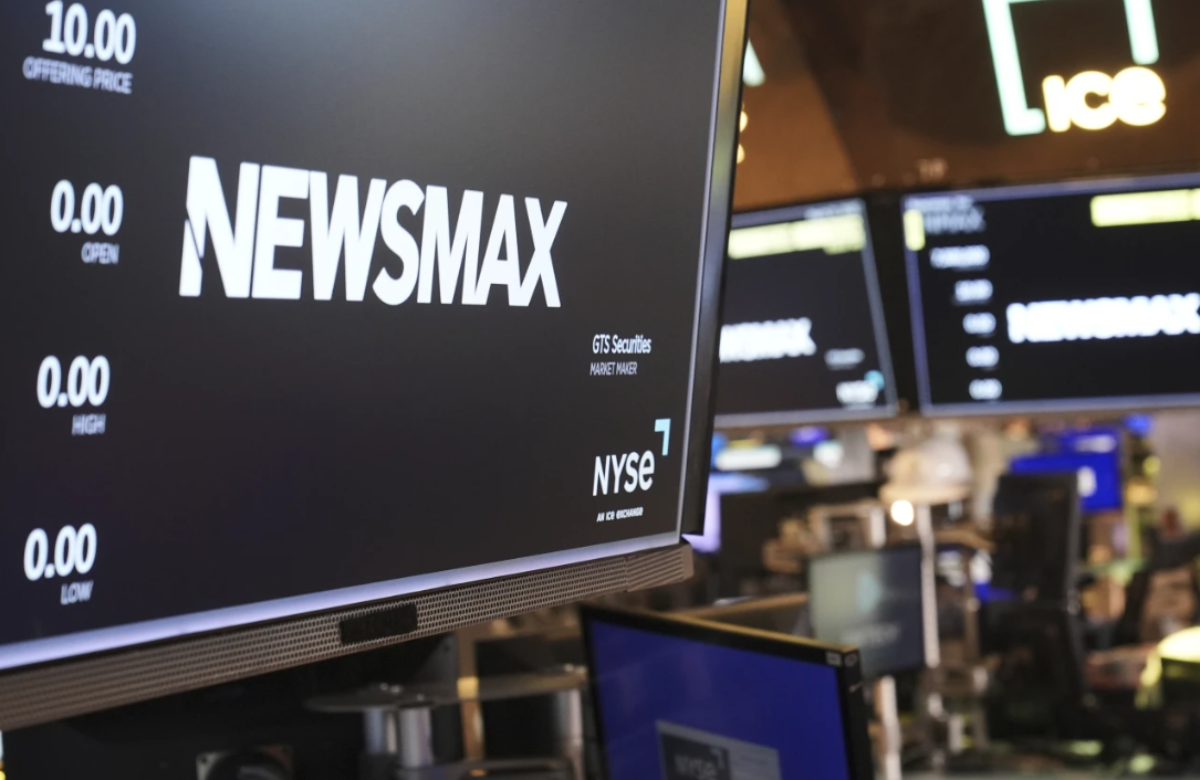When Connor McDavid scored the game-winning goal in Thursday’s thrilling USA vs. Canada matchup, he sparked a wave of excitement across Canada and wrapped up one of the most electrifying weeks of hockey in recent memory. It was an impressive substitute for the usual All-Star Game.
The Four Nations Face-off, featuring Canada, the United States, Sweden, and Finland, had several key objectives for the NHL: boost TV ratings, generate excitement for the upcoming Winter Olympics, provide a marquee event during a slow period in the sports calendar, and attract new fans to the game. Early results suggest the event was far more successful than expected, though there are lingering questions about whether it will become a recurring event.
While the ratings for Thursday’s final are still pending, the round-robin games leading up to it were a big hit. The NHL reported an average of 4.6 million viewers for the six round-robin games across North America, a staggering 226% increase compared to the 2016 World Cup of Hockey. The USA-Canada game on Saturday alone drew more than 10 million viewers, the highest for any non-Stanley Cup Final game since 2014.
For a sport that once had a strong foothold in the U.S. sports landscape, this was a major return to prominence after several lockouts contributed to a decline in TV viewership. The absence of NHL players from the 2018 and 2022 Winter Olympics further disconnected the sport from casual viewers. With NHL stars headed to Milan for the 2026 Olympics, the Four Nations Face-off served as a preview of the international hockey excitement to come, offering thrilling action far beyond the usual All-Star Game spectacle.
The games between the U.S. and Canada were full of drama, with three fights breaking out in the first nine seconds of Saturday’s game and intense overtime action in the final. Canada’s Jordan Binnington delivered a heroic performance in goal. And then McDavid, the brightest young star in the game, sealed the win with an overtime wrist shot that flew past American goalie Connor Hellebuyck.
The four-game tournament, which took place in the span of a single week, took a toll on the players, with fatigue showing as the final game stretched into overtime. Many players fought through injuries and exhaustion, comparing the intensity of the tournament to the Stanley Cup Final. Matthew Tkachuk of Team USA, who won the Stanley Cup in 2023, described the tournament as “the biggest one” he’d ever played in, underscoring how significant it had become for the players involved.
The tournament’s impact was also amplified by the growing tension in the USA-Canada rivalry, fueled by President Donald Trump’s comments about Canada potentially becoming the U.S.’s 51st state and his threats of tariffs. These political tensions made the USA-Canada games even more charged, with Canadian fans booing the U.S. national anthem before Saturday’s game, followed by a joint singalong at TD Garden in Boston.
Looking ahead, the NHL now faces a key decision: whether to bring the Four Nations Face-off back in the future. The 2025-26 season will be interrupted by the Winter Olympics, replacing the usual All-Star Game, but by 2027, it may be difficult for the NHL to revert to the traditional All-Star Game format. In 2024, the All-Star Game attracted fewer than 1.4 million viewers, with little excitement or discussion surrounding it afterward. In contrast, the Four Nations Face-off generated significant buzz, though the risk of player injuries during the intense competition remains a concern.
If this tournament turns out to be a one-time event, it will go down as an unexpected success for the NHL and hockey as a whole. The league now has time to consider whether it wants to make the Four Nations Face-off an annual feature on the sports calendar.
